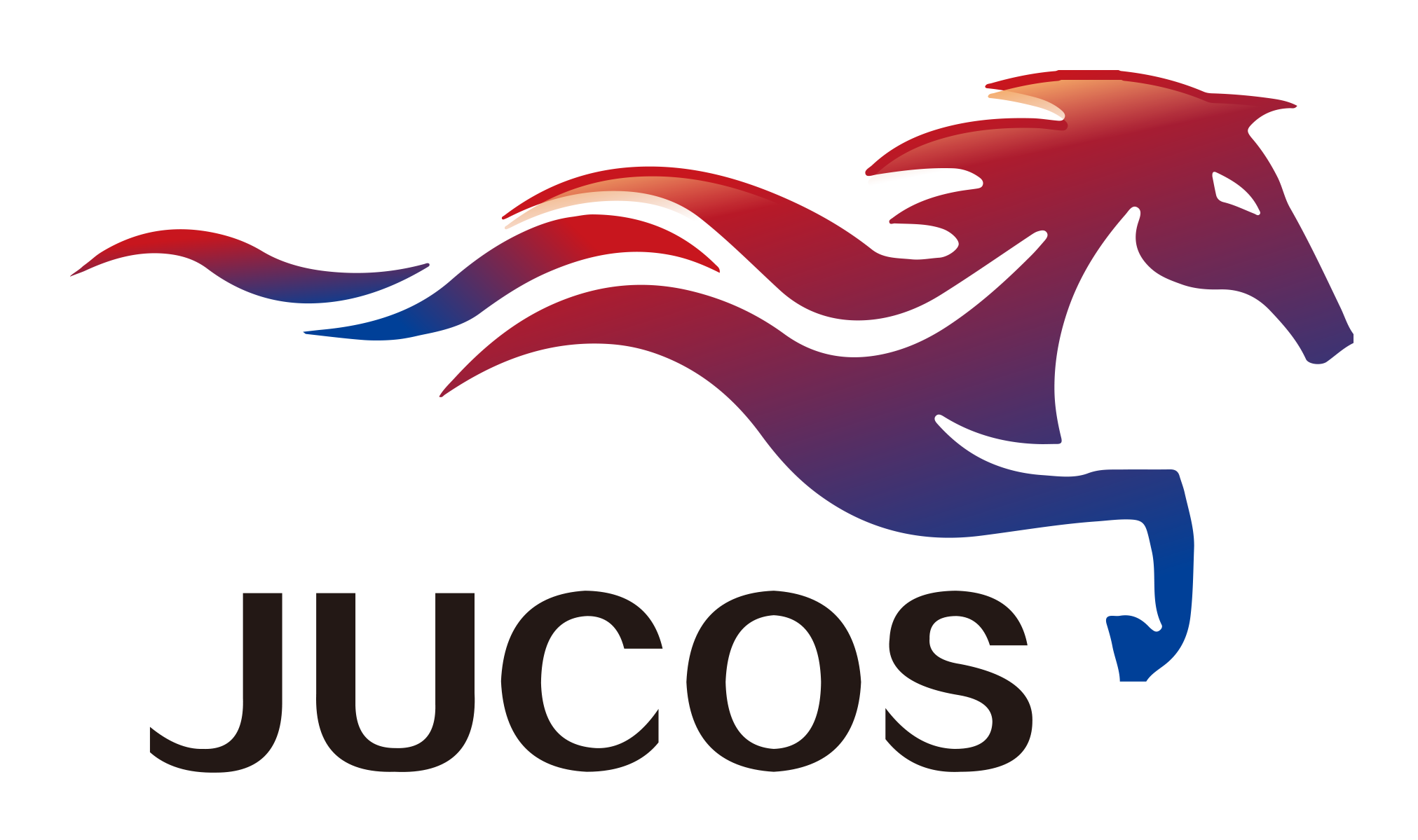In Feb, Indonesia customer order 300pcs zinc plates.
In Feb,300pcs zinc plates are packed for delivering to our customer in Indonesia.
Zinc plate making process
1. Corrosion operation process
After the printed zinc plate is revised, first use 3Be° dilute nitric acid to remove the oxide film on the surface to expose the clear and bright zinc quality of the layout. The layout can be cleared, and it should not be too heavy to prevent the micro-graphics and texts from being corroded and shrinking or even corroding. After cleaning the film, wash the layout with water, apply a layer of anti-pockmarking liquid, and then go on the machine.
The anti-numbing solution is 25Be° gum arabic or 100g sodium nitrate, 200ml sulfuric acid, and 500ml water (add water to adjust to 10Be° when using).
2. Preparation of corrosive liquid and setting of conditions
The formula of the corrosive solution: the range of nitric acid is 8-11.5Be° (that is, the content is 10.2-14.5%), the domestic additive dosage is slightly more than 700-1000ml, and the additive dosage of the United States, Japan and other countries is less than 550-600ml.
According to the introduction of the American additive specification: nitric acid is 11-11.5% (8-9Be°) and the additive is 2.8-3% (ie 1100-1200ml). The temperature was 28°C, and spray etching was used. In my country, stirring corrosion is adopted, and the use of imported additives requires some adjustments to the proportion of the corrosion solution and operating conditions to suit the production conditions of our own factories.
Domestic use of imported additives generally takes half the amount of the formula, that is, 550-600ml, by increasing the temperature without enhancing the slope protection (28-30°C), and reducing the number of revolutions by 250-300 revolutions to solve the slope protection problem, in order to save raw materials and plate making. The problem of lack of concentration.
The amount of domestic additives used is large, the temperature is slightly lower at 22-25°C, and the number of revolutions is slightly higher at 290-350 revolutions. The time is generally 15-17 minutes. The depth is up to 0.6mm, and the slope angle is 110-120°.
3. Common fault diagnosis
1. Side wall pull:
(1) The edges of the pictures and texts are clean, bright, with large slopes, and the four corners of the layout are cut out, which means that the acid is too large.
(2) The edges of pictures and texts are hairy, dark, with small slopes, and the four corners of the layout are pulled out, which means that the acid is too little.
(3) The edges of the pictures and texts are hairy and cut inside, and the layout is gray, which is a serious acid deficiency.
(4) The whole plate is etched inside, and the corrosion is shallow and acid is less relative to time.
(5) The side wall is digged in, and the additives are few.
(6) High rotation speed and low temperature will also cause internal pull.
2. The slope is too large and the small character gap is shallow:
(1) The liquid level is high (normal blade draft is 10-15mm).
(2) The temperature is high.
(3) The number of revolutions is low.
(4) There are many additives.
3. Layout hemp
(1) The corrosive liquid is too old and lacks acid.
(2) Too many additives or short stirring time, the corrosive liquid is not fully emulsified.
(3) The temperature is too high.
(4) The number of revolutions is too low.
(5) The temperature of the baking plate is too high, and the crystallites of the zinc plate are damaged.
4. Pockmarked layout
(1) The layout is not clean.
(2) The adding agent and the acid solution are mixed unevenly, and the stirring time is short (more than 15 minutes).
(3) The loading action is too slow, the downtime is long or the anti-pockmarking liquid fails.
(4) There are impurities in the machine.
(5) The amount of acid is too small and the temperature is too low, and small needle-like pits will appear.
(6) The quality of the zinc plate is not good, and the quality of the acid is not good.
(7) The temperature of the baking plate is too high.











